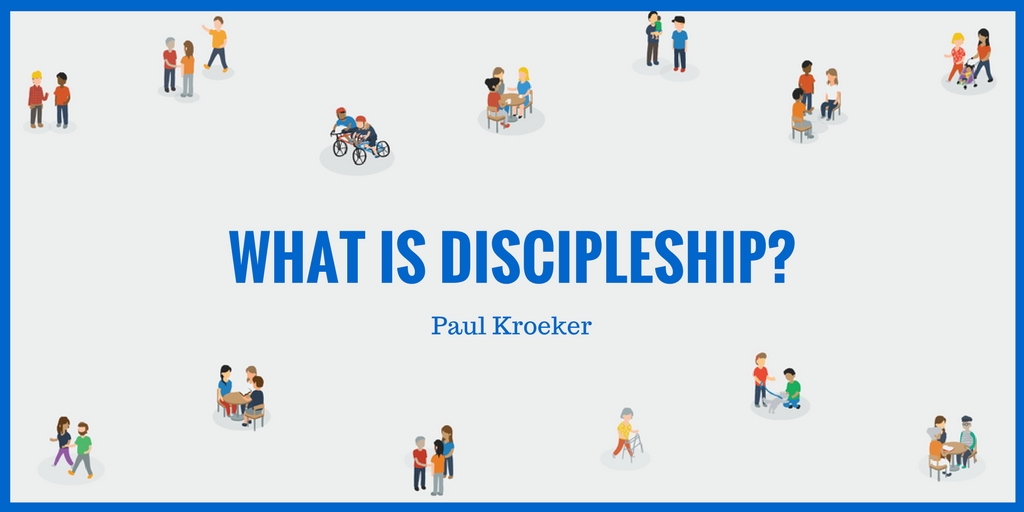What is Discipleship?
 Jesus was confident that the whole world could and would be transformed through a simple process which he called "making disciples".
Jesus was confident that the whole world could and would be transformed through a simple process which he called "making disciples".
The plan was simple. His life would be reproduced in the lives of others. He would invite people to follow Him. Every person who responded in faith (believed in Him) would join His life group. He would reveal to them the culture of the Kingdom of God. As they spent time with Him, their life and character would become like His. They would learn how to live, love and serve like Jesus. When they were ready He would send them out to repeat and multiply this pattern.
They would not go out alone. He would go with them by His Spirit. Where two or three were together in His name, He would be there, introducing the culture of the Kingdom of God and forming in them the character of Jesus Christ. His presence would ensure that every new group, every new disciple, was an accurate representation of the original image. Every group would reveal the Kingdom of God. Every disciple would learn to love, live and serve like Jesus. And, when they were ready, they too would be sent to multiply the pattern.
Jesus demonstrated that this could be done with any ordinary, unskilled group of people. The outcomes did not depend on their ability, but His love, His power, and His presence. He alone could reveal the culture of the Kingdom of God. He alone could transform the members of the group. In a relatively short period of time, through a life-on-life experience with Jesus, the culture of the group would be transformed and a seismic shift would take place. The disciples would take on the character of Jesus, their Master. Furthermore, they would know how to disciple others in the same way that Jesus has discipled them.
This reproductive process, guided by the Spirit, ensures that there will be consistent DNA throughout every new generation and the pattern makes exponential Kingdom growth a reality.
This is not just theory; it is a reality. It has been field tested and it works anywhere with anyone, reaching every tribe and nation. Lives are transformed. New people join. The group begins to multiply. Every member becomes a disciple who begins to look like Jesus. Light dispels the darkness. Truth dismantles the lies that have been the foundation of our lives, our culture, our world. Authenticity and holiness become a thing of beauty. The love experienced in these new communities becomes a treasure to be desired.

